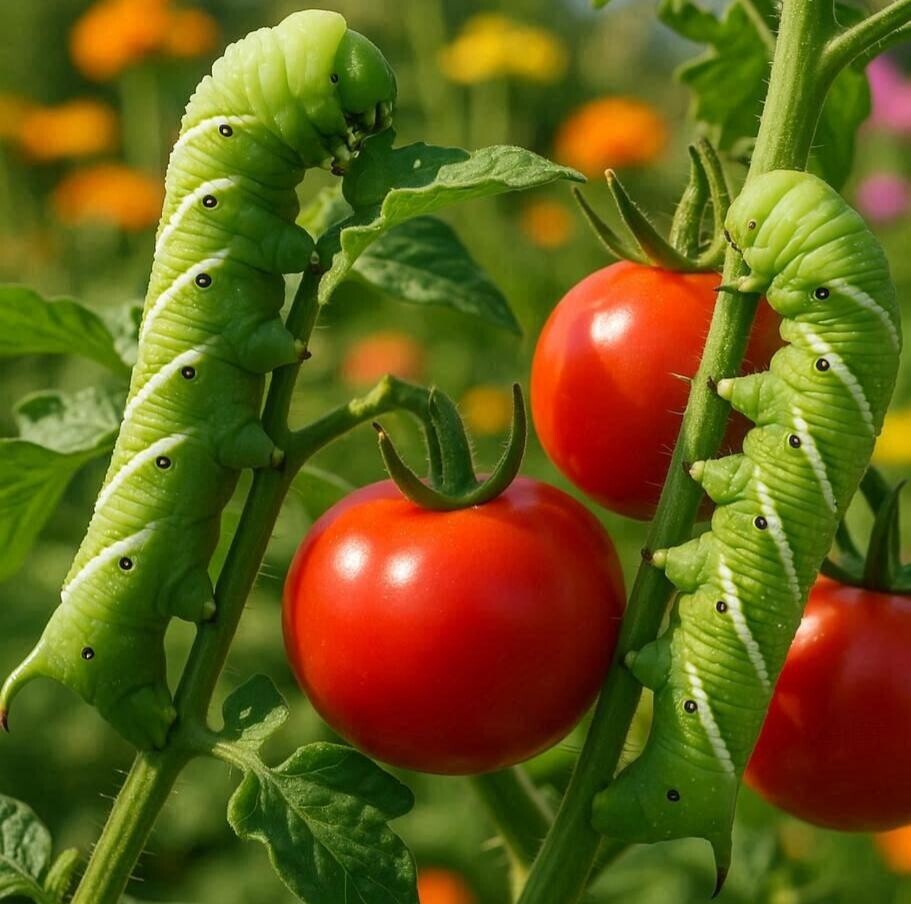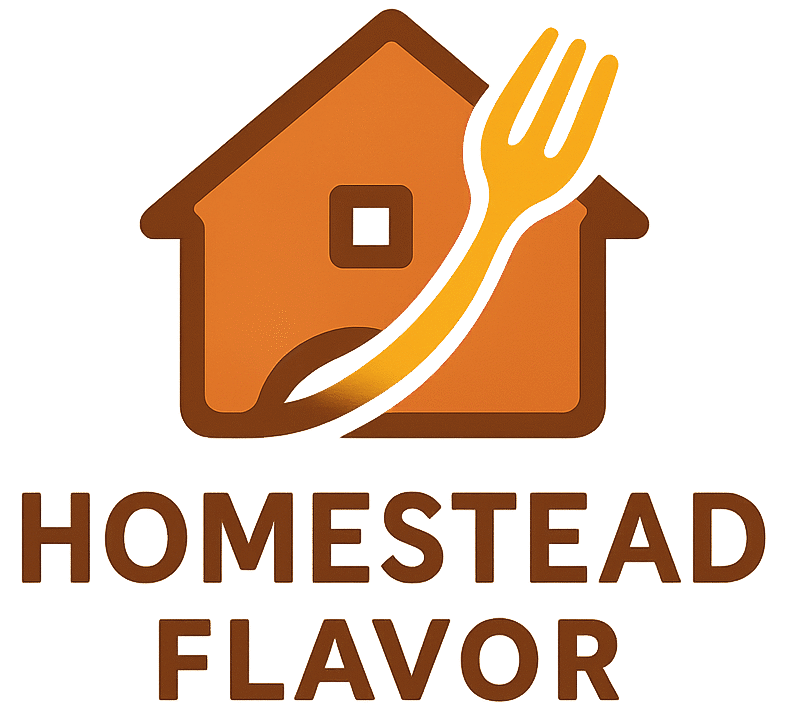
How to create a homestead garden.
This will be one of the first questions a person will ask themselves as they glance over their yard. Location, soil, available sunlight, materials, and above ground or in the ground are all going to play a part in how you design and layout your future garden. We will cover these topics as we continue through this article.
The Homestead Garden
Location
The topic of location is crucial in determining what kind of garden you can do, or want to do. You would be amazed how much you can do with a quarter acre yard in a city environment. If you sacrifice some of your yard for designing and setting up above ground garden boxes, it can yield quite a bit more than you would think. There are plenty of layout designs online for ideas on how you could potentially set up a smaller yard with above ground garden boxes and still keep the area functional for friendly activities. If you are in an outer suburban or rural area, you can do any design you can dream of. The possibilities are endless, all with the option of in-ground and above ground garden boxes.
Soil
While location is important, your soil is also important and directly affects your crops. Getting your soil tested, either outsourcing it or a DIY kit you can purchase, is very important to the health of your plants and the outcome of your yield. I would suggest just getting a garden center soil test kit or order one online and test it on your own. It is simple and will give you the information you need on how acidic or alkaline your soil is. If your soil is too acidic, add lime to neutralize it. Too alkaline, add sulfur to bring it back down to a safe, neutral pH level for your plants. After you get the soil to its happy place, you should loosen the soil, either by using a spade or fork, a tiller for larger areas, or tractor driven plows, discs and rakes for acreage that is too big for a standard tiller. Remove rocks and weeds before adding organic matter like compost and/or manure.You can add this lightly after loosening the soil or spread evenly over the top and till it into the soil as you loosen it, essentially mixing it as you go.
Plant Types
As with anything important, you want to read the instructions on the back of the seed packets. There is very useful information there about what the plant needs to grow properly and healthy. Make sure you choose plants that will thrive in your growing region. Too hot or too cold and you will end up with a small yield or even plants that just sprout and wilt. This is crucial to make sure you get the desired outcome in your garden that you are looking for. The packets will also describe the sunlight requirement as well as the best soil type for each plant. All of this seems overwhelming at first, but I assure you, it really is not that bad. If I can do it, I know you can. Have faith in the process and just be mindful.
Watering and Fertilizing
Watering and feeding your plants are essential elements to a healthy garden. Most plants want to have around an inch of water or so per week depending on soil and temperatures. You can use the local rainfall and add to it from a watering hose of a water collection system. I have an article that describes the basics of a collection system here. I water first thing in the morning so the water soaks into the plants before the sun becomes too strong and burns the plants on the water spots. For fertilizing, there are organic and synthetic types available. The type of fertilizer to use is your personal preference. This is essential for plant growth and development. Organic types (compost, manure, fish emulsion) release nutrients slowly, where synthetic is immediate, feeding your plants rapidly. Follow the directions to prevent over-fertilizing and causing plant burn and damage.
Pest Control

Pest control is one of the last crucial steps in keeping your garden healthy and thriving. Pests come in various sizes and species, such as rabbits, gophers, horn worms, aphids, slugs, and snails to name a few. There are multiple ways to help prevent pests from invading your garden and destroying your harvest and plants. While planting, you could add extra space between each plant to add companion plants which help to naturally repel pests. Companion plants like marigold and lavender deter pests with their scents, while some attract natural predators like dill and basil. Ladybugs, hover flies, and praying mantis are natural predators of pests in your garden. There are also commercial pesticides that can be used to help protect your crops. Be sure to follow the directions and wash off your harvest before prepping or consuming. Small fences and nets can also help keep rabbits and other small rodents out of your crops. Whichever methods you choose will be sure to help you achieve the highest yield as possible.
Maintenance and Harvesting
Maintaining a healthy garden requires weeding, pruning, and replacing plants that are past their prime or damaged. Pruning helps promote growth and keep your plants at a manageable height. I made the mistake of not pruning tomatoes when I first started gardening and I had huge tomato plants that towered over many other people’s. I was proud, up until I had tomatoes grow, weigh down the branches and make it hard to harvest as they laid all across each other. There are lots of tips and tricks to prune each type of plant to get the best yield and desired height. Weeds will starve your plants of nutrients by sucking them out of the soil, growing taller than your garden plants and blocking sunlight from hitting them correctly and over crowding them. Best to weed about once a week. There are also options of mulching around your plants to keep the weeds down and at bay. Harvesting should be done regularly to keep the plant producing. Some plants, like tomatoes, need to be harvested when they are ripe, while others like lettuce and romaine can be continually harvested.
The Benefits of Gardening
There are many benefits to building and maintaining your own garden. It may be overwhelming at first but once you have a garden established, the benefits far outweigh the hardships. The savings at the grocery store add up fast. You produce a smaller carbon footprint on the environment by not using gas to go and get vegetables from the grocery store and the store has a smaller footprint by reducing the transportation and packaging required to sell them. You know exactly what was used to grow your produce. There are also the health benefits from growing your own vegetables as well. Research suggests gardening helps promote a healthier diet and many find it calms them also. When you make your own garden, maintain it, and nurture it you are also connecting with nature.
Conclusion
In conclusion, a garden may seem like a lot of work but with the right preparations, tools, and knowledge, anybody can do it. Choosing the right location, type of garden, preparing the soil, choosing the right plants for your desires and area, maintaining, protecting, and harvesting are crucial steps to creating a healthy, thriving garden. Creating a garden is just a small step to a healthy and sustainable lifestyle.
What kind of garden are you going to make and what plants will you be growing?
